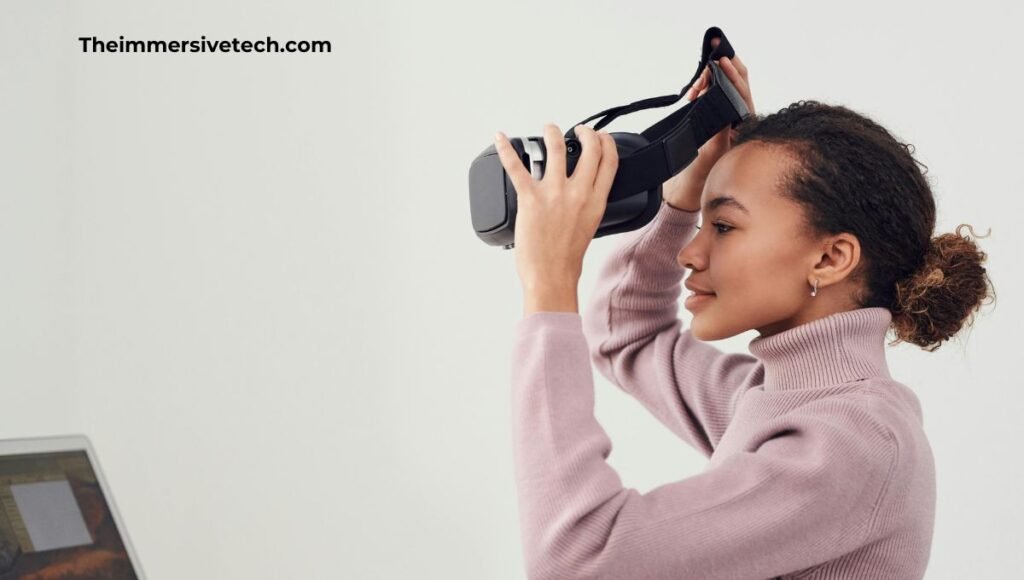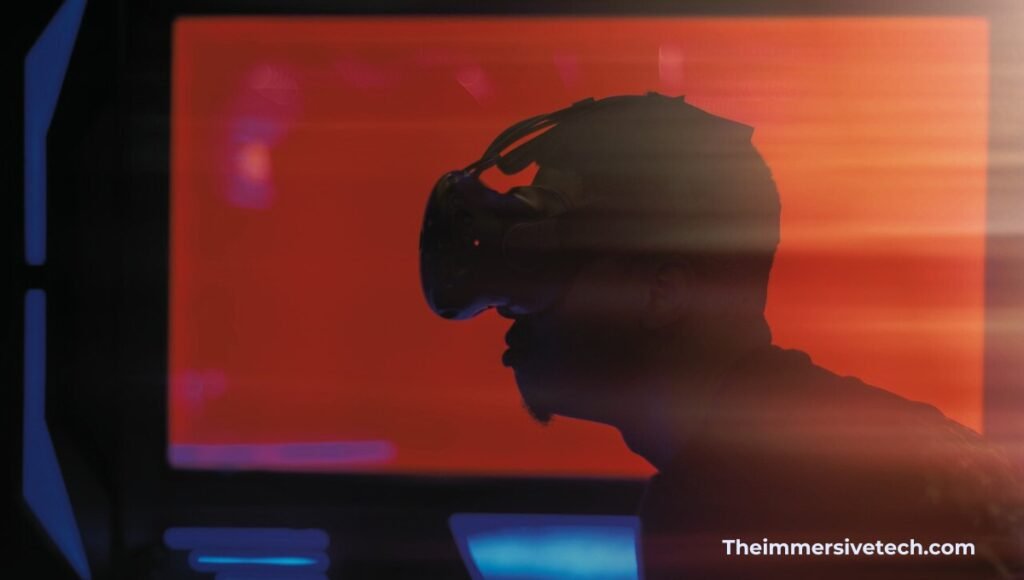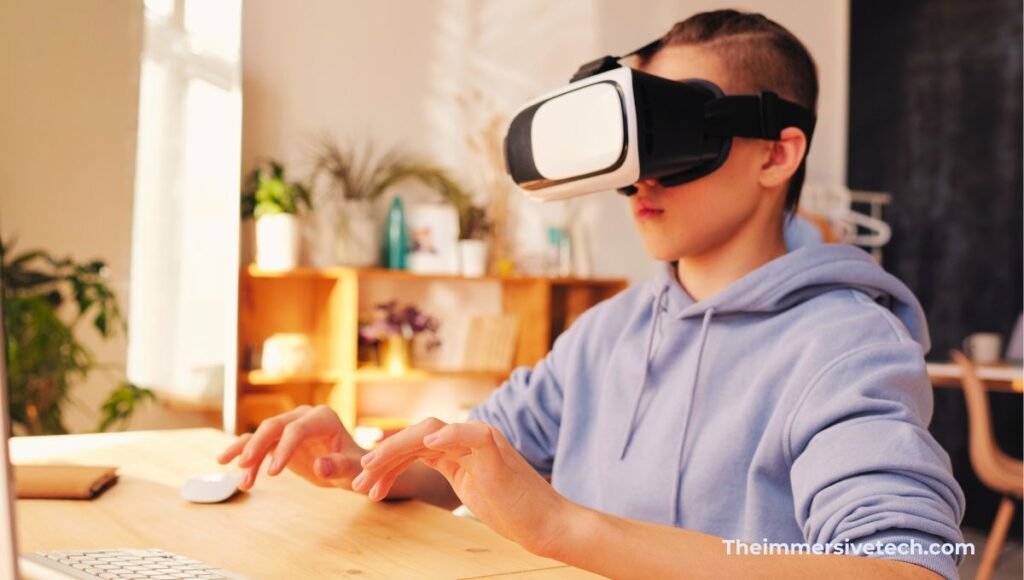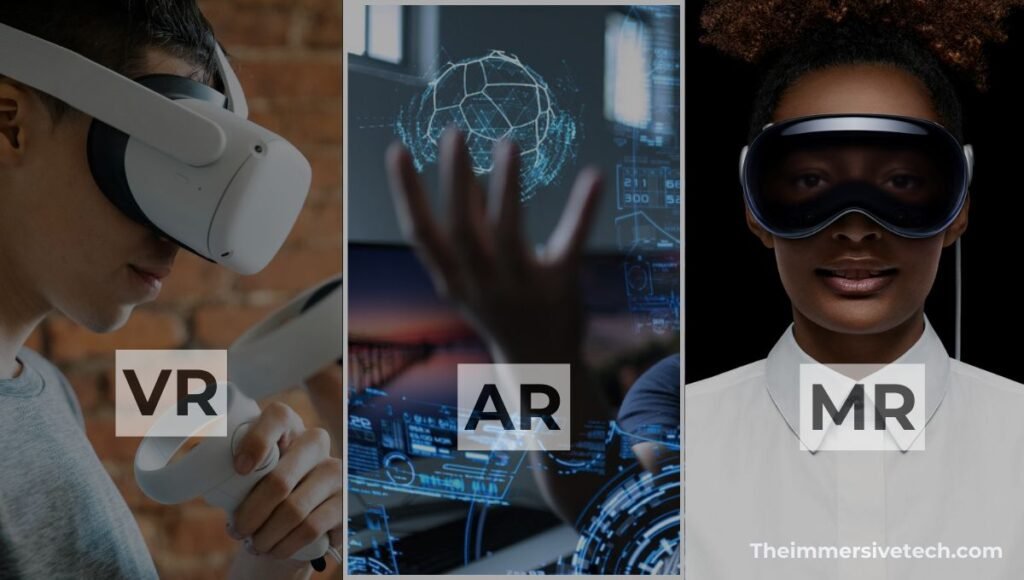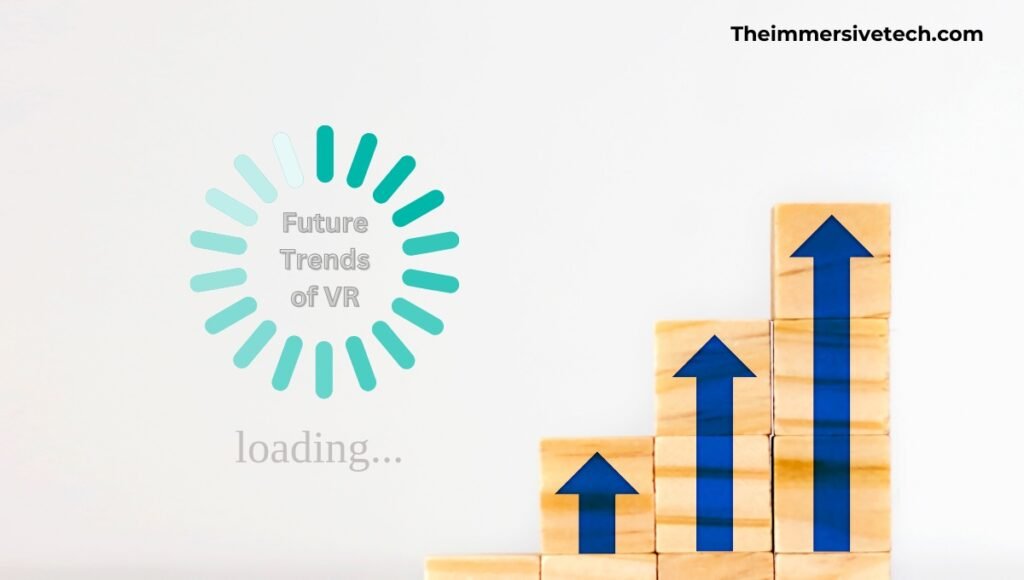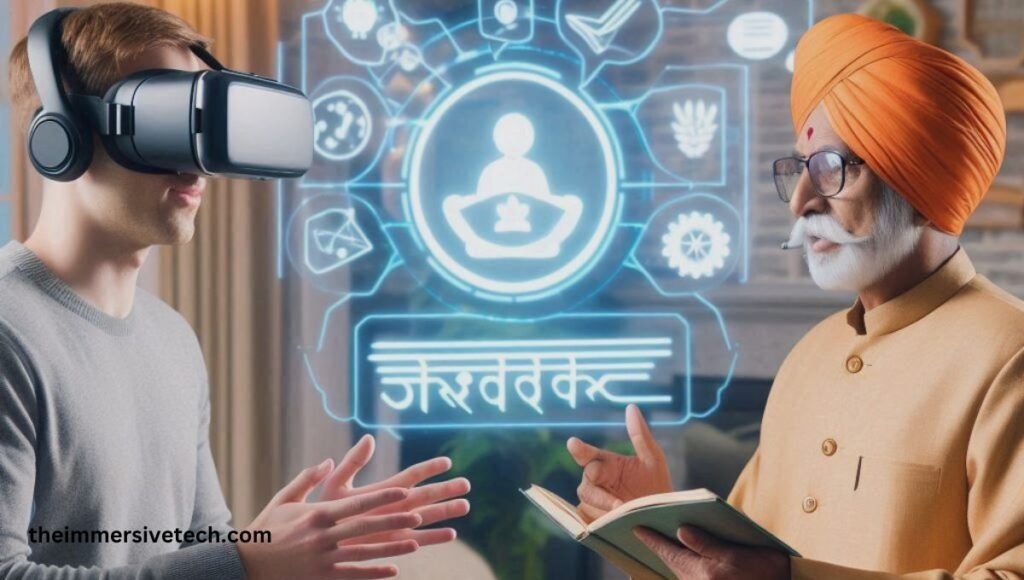Virtual reality therapy, or VR therapy, is not the same as teletherapy or a therapist on a video call. It’s different from that. In VR therapy, the patient is immersed in the virtual environment which is used as a treatment tool.
However, VR therapy doesn’t replace the standard treatments for different mental health conditions. Instead, it is used as an addition to the ongoing treatment.
In this article, we will share about virtual reality therapy, VR exposure therapy, and how successful it is in treating patients.
What is Virtual Reality Therapy?
Virtual reality therapy, or VR therapy, is a treatment that uses a virtual environment to treat a range of mental health conditions and disorders. The virtual environment should be immersive enough for it to feel real.
There is a specific type of VR therapy known as VRET or Virtual Reality Exposure Therapy. It is often used to help people overcome phobias or fears by immersing them in a 3D virtual environment.
As this new technology emerges, it’ll become easier for therapists to treat patients. Traditional mental health treatments can be combined with VR therapy to treat patients. Additionally, if needed, functional MRI recordings can compare psychological reactions with brain activity while the patient is immersed.
How Does Virtual Reality Therapy Work?
As noted before, the virtual environment has to be 3D and really immersive. It’s because highly immersive environments feel real to our brains and trick us into believing them as reality. So, when the patient feels present in a virtual environment, the therapy works effectively.
Want to know how Virtual Reality works? Read here
Who is Virtual Reality Therapy For?
Virtual reality therapy can be used by someone who is experiencing depression, Post-traumatic stress disorder (PTSD), anxiety, social anxiety, or wants to overcome a phobia. Here is a list of conditions that VR can be used to treat:
- Anxiety (including social anxiety)
- Pain management
- Depression
- Phobias
- PTSD
- Eating disorders
- Grief and loss
- Substance use disorders
It’s suggested that people who are prone to headaches, motion sickness, vertigo, or have a history of seizures — may not have the best experience with VR therapy. Additionally, conditions such as extreme depression and bipolar disorder require prescribed medication for treatment.
Treatment of Phobias
Phobias are regularly treated using exposure therapy. This type of therapy involves exposing the patient to a situation or object that he/she fears.
The treatment begins with the patient imagining what they are scared of. Gradually, the patient perceives more control over the environment and starts to gain a sense of mastery over their fears.
It works in VR exactly the same way as in the real world.
For example, virtual balconies and rooftops have been used to help patients with acrophobia (extreme fear of heights). However, virtual settings have been successful at treating other phobias as well, such as:
- Arachnophobia — an intense fear of spiders
- Aviophobia — an extreme fear of flying
- Agoraphobia — the fear of open spaces where escape is not possible
- Claustrophobia — an extreme fear of being trapped in small spaces
- Glossophobia — the fear of public speaking
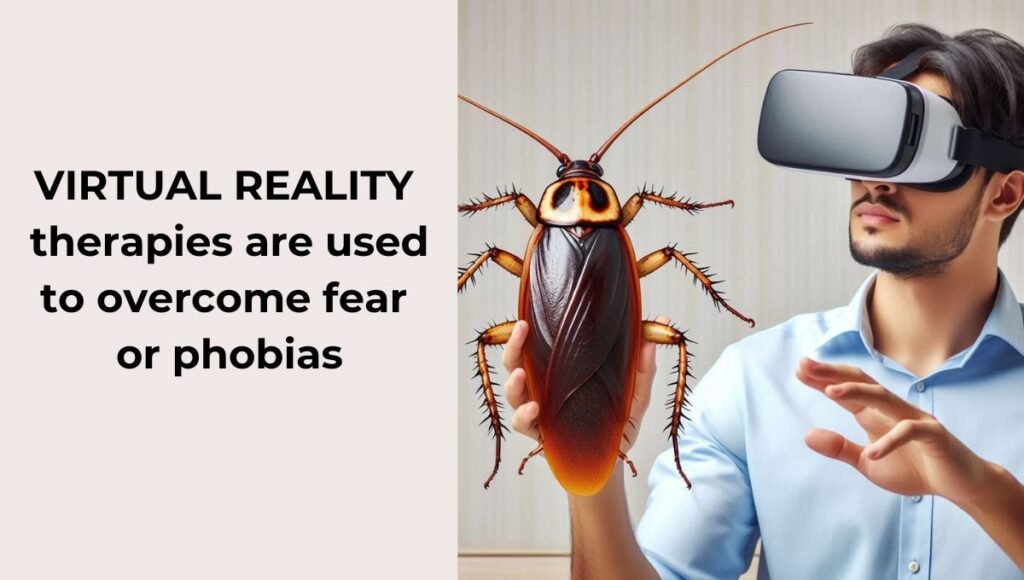
The treatment by virtual reality exposure has been successful so far. And as VR continues to get better, the virtual world will blend into the real world. For therapists, VR therapy is a great treatment tool for patients with phobias, anxiety, and trauma.
Treatment of Disorders: PTSD, Anxiety, and Depression
Virtual reality has been proven to treat PTSD, anxiety, and depression. Let’s look at each of the scenarios to understand how it works.
Anxiety
Anxiety can not only cause distress but also affect the patient’s quality of life. Even though exposure therapy is an effective treatment for anxiety, it remains an underused treatment for anxiety due to cost, availability, and logistical challenges.
However, Virtual Reality Exposure Therapy (VRET) is an effective solution for fear and anxiety. It has increased availability while maintaining the quality standards.
These systems work by immersing the patient in a specific environment that’s tailored to their fear structures. As the anxiety reduces over repeated exposures in the virtual world, the same starts to happen in real life too.
Due to such a high success rate in treating anxiety disorders, VRET may be used as a part of a standardized approach to e-therapy in future.
PTSD
VR Exposure Therapy has been successful in treating people with PTSD.
Initially, the therapist starts with an initial assessment of the patient’s needs and their degree of trauma. Then, the VR environment is made specific to the patient and their requirements. For instance, a particular time of the day, specific noises, and the landscape can be personalized.
But, does it really work? Well, yes. Research has shown a significant reduction in anxiety when people exposed to terror attacks were treated using virtual reality.
Depression
People with depression often show low mood symptoms, poor appetite, disturbed sleep, lack of energy, and feelings of worthlessness. VR is also seen as a cost-effective solution for depression. It could:
- Help people visualize CBT techniques
- Teach self-compassion
- Simulate therapies such as gardening or animal-assisted therapy
Combining CBT with VR therapy could benefit in the treatment of depression.
10 Benefits of Virtual Reality Therapy
VR therapy has more benefits than just assisting the patients with mental health disorders. Some of them are mentioned here:
- As VR technology advances, virtual environments are becoming more real and believable.
- The therapist can control the environment and the degree of exposure in therapy.
- Scenarios can be made extremely personal by including sounds and even scents from the patient’s past.
- Therapy can be repetitive and progressive.
- A stimulus can be introduced and removed as needed.
- It’s easy to use and can act as an assistant tool for therapists.
- Therapy sessions can be replayed and results can be collected for ongoing assessments.
- For exposure scenarios that are difficult or dangerous to arrange, VR can provide the only solution.
- Virtual exposure therapy is safer for people than reconstructing real-life scenarios.
- It is especially helpful for patients who are unable to picture the scenario to cause their normal levels of anxiety.
VR therapy continues to help patients with effective therapy sessions.
Does VR Therapy Have Any Disadvantages?
Just like any other new technology, VR therapy also has its own advantages.
- Although the virtual aspect may be easily accessible to people, it does require a computer and a strong Internet connection. However, it may not be so accessible to many people.
- Individuals who aren’t very familiar with the new tech may find it hard to use it. Additionally, since VRT is a new thing, finding a trained provider can be difficult.
- A trained therapist is a must whenever using VR therapy treatment in order to guide the patient.
How Successful is VR Therapy?
Virtual reality therapy has been successful for people with PTSD, anxiety, and chronic pain. In fact, VRET has significantly helped people with pain relief without medications.
According to research in 2022, VRET has a success rate of between 66% to 90% for those with PTSD, when combined with CBT (Cognitive Behavioral Therapy). Scientific studies have also shown success in overcoming phobias and eating disorders.
For people with depression who are reluctant towards traditional therapy, CBT in a virtual reality setting can be used as a form of treatment. VR therapy can also be used as an alternative to in-person therapy for patients with social anxiety.
4 Apps and Software
VR headsets have emerged in the past few years such as Oculus Rift, Samsung Gear VR, and HTC Vive. So, new systems are also being designed for therapists.
Currently, most virtual environments are designed for exposure therapy in order to treat anxiety disorders. These environments are safe in nature. Here are 4 commercially available systems for mental health professionals:
Psious
The VR system is used by over 2,000 mental health professionals to treat conditions such as:
- Phobias
- Depression
- Obsessive-compulsive disorder
- Social anxiety
- Generalized anxiety
- Eating disorders
The platform is designed in a way that it takes the patient’s biofeedback in real-time. Additionally, it can identify appropriate treatments by evaluating the patient’s information. There are tools available to help the patients become attentive.
Virtually Better
The platform, Virtually Better, provides personalized treatments to assist therapists in controlling their patients’ sensory experiences. Its VR exposure therapy can help clients with:
- Phobias
- Addictions
- PTSD
All of the treatments are supported by partnerships with over 60 research projects.
Applied VR
Applied VR is used by over 30,000 patients in over 200 hospitals. The system offers training that supports the treatment of anxiety, stress, and pain management.
The VR therapy system contains over 40 immersive environments which include meditation and breathing exercises, and distraction games.
Virtue Health
The VR system offers VR solutions to treat age-related conditions. Virtue Health’s “Lookback digital therapy” has won awards for its work and care for people with dementia.
By teaming up with the University of Oxford, the company creates virtual tours to the patients’ favorite destinations to promote cognitive stimulation.
The Bottom Line
The first research paper on VR therapy came out 25 years ago. Since then, the technology has changed and advanced enough that it’s being used as a standard form of therapy by many professionals.
VR therapy is still new and so, there isn’t enough data yet about how many people are benefiting from it. However, professionals say that the future holds immense potential for virtual reality therapy.
Interested in virtual reality headsets? Check this full guide on VR headsets


